BIDDEFORD — Just past Ram Island a mile out into Saco Bay, a University of New England boat pitched and bobbed in the choppy surf as a team of researchers hoisted a rope covered in 2 tons of kelp from the water. The long ribbons of brown seaweed glistened in the sun as they dangled from the rope on which they had been growing all winter.
Working quickly, the researchers used small knives to slice the kelp – picture 10-foot lasagna noodles – from the rope and store it in large coolers stacked on deck. Within a few hours, the team of a half-dozen researchers and students had harvested about 2 tons of kelp that grew on 400 feet of rope.
“Less than five months ago when we put this algae out in the water they were 2 to 3 millimeters long. In a few months they grew to something taller than I am,” said Adam St. Gelais, a research scientist from UNE. “We just occupied a little bit of ocean space and created this impressive amount of biomass in a short amount of time.”
The harvest was the first at this kelp farm in Saco Bay as researchers from UNE study how to farm kelp in open ocean conditions. The project is funded by a three-year, $1.3 million research grant from the U.S. Department of Energy. The grant is part of a new program called Macroalgae Research Inspiring Novel Energy Resources, or MARINER, that aims to position the United States as a leading producer of seaweed to help improve energy security and economic competitiveness.
The goal of the MARINER project is to develop kelp as a source of biofuel. But to achieve this goal, significant advances need to be made in productivity and cost of all phases of kelp farming.
The UNE researchers hope the work they’re doing will also help the growing aquaculture industry in Maine, potentially allowing more people to farm kelp in open water and away from the busy shoreline. There are currently about a dozen aquaculture sites for farming marine algae, including kelp, along the Maine coast, according to the Department of Marine Resources.
“Maine has this incredibly vast coastline – 3,500 miles of coastline – and we could have seaweed farms all over the place in fairly protected areas. But actually in-shore Gulf of Maine is a really busy place. We have shipping lanes, we have recreational boaters, we have lobstermen, so there are only so many places where you can tuck a seaweed farm by an island and have a nice protected place to be,” St. Gelais said.
Seaweed can be used as raw material for transportation fuels, chemicals, food and other commercial products without competing with food crops for land and water, according to the researchers.
The UNE team is developing a fine-tuned 3D modeling tool to simulate hydrodynamic-induced mechanical stresses that seaweed farms face in the open ocean. The team will use its modeling expertise to determine the structural performance of new and existing farm designs in the Gulf of Maine.
The model will be capable of simulating hectare-sized farms, which would speed up the engineering, testing and permitting process for new, large-scale seaweed farming systems, according to the university.
“This is our first test to see if our engineering could truly survive open ocean conditions,” said Barry Costa-Pierce, executive director of UNE North. “It’s really important.”
The UNE kelp farm, located just past Ram Island, went into the water in January. Typically, kelp farming is done from October to May, said St. Gelais, the project coordinator for the MARINER grant at UNE. That allows the equipment used to in the operation to be removed from the water before the lobstering season begins.
Late last summer, researchers in the seaweed research lab and nursery on the Biddeford campus harvested parent kelp from the Gulf of Maine. Back in the lab, they created baby seaweed that settled onto twine.
“Picture a spool of twine completely covered in brown fuzz,” St. Gelais said.
The researchers then wrapped that twine around a larger rope that serves as the relatively simple underwater farm for the seaweed. In January, the line covered in kelp seed was attached to multiple buoys to keep the kelp at the depth it likes, about 2 meters below the surface. The entire setup was anchored to the ocean floor in a spot where the depth ranges from 45 to 55 feet, depending on the tide.
St. Gelais said his team is working on how to engineer the farm to survive in rough open water conditions. The rope the team used this year is a little thicker than the rope people are already using to farm kelp.
Over the three years of the project, the team will test various farm configurations at the site, collecting real-time data that will be analyzed by the researchers involved with the project. Sensors attached to the equipment track things such as waves and currents, providing data that is used to create a computer model to evaluate how well a kelp farm would perform in open ocean conditions.
“Our goals is to make something that will survive storms without costing millions and millions of dollars,” said Toby Dewhurst of Maine Marine Composites, a partner on the project.
While the MARINER project is focused on developing tools to enable the United States to become a global leader in the production of marine biomass, the researchers from UNE and Maine Marine Composites say the work they are doing could have an impact on kelp farming in Maine.
“We’re in a revolutionary stage right now with these organisms,” Costa-Pierce said. “If we find a way to grow them en masse this time of year, we’re not in conflict with the lobstering industry. We’re providing potentially a winter livelihood for the lobster families to earn additional cash in the winter.”
Next year, the kelp farm will expand to 4 acres at the same spot in Saco Bay as researchers continue to investigate how to efficiently and cost-effectively grow kelp in the open ocean.
A day after the harvest, St. Gelais was still excited about the kelp his team grew in Saco Bay. The kelp itself was clean, with few other organisms attached, and grew quickly given that the farm was put into the water late in the season. After the researchers finished their work, they headed up the Saco River to deliver the crop to the processor who will use it for food products.
As the team offloaded their crop, the only other boat nearby pulled up and the man on board asked them what they were doing. When St. Gelais told him about the project, the man said he had just harvested his own kelp farm in Freeport the day before.
“I would have been shocked a few years ago to run into a kelp farmer,” St. Gelais said. “It’s becoming more and more common to run into people engaging in this new aquaculture opportunity. It’s starting to gain steam, which is exciting.”
Copy the Story LinkSend questions/comments to the editors.


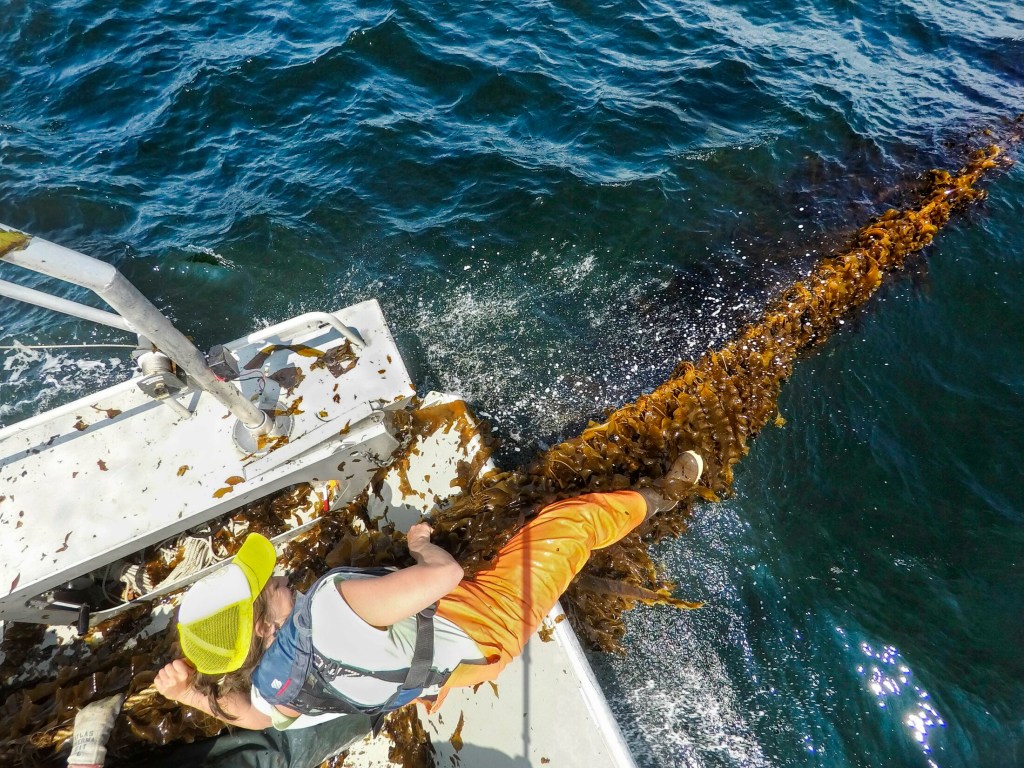
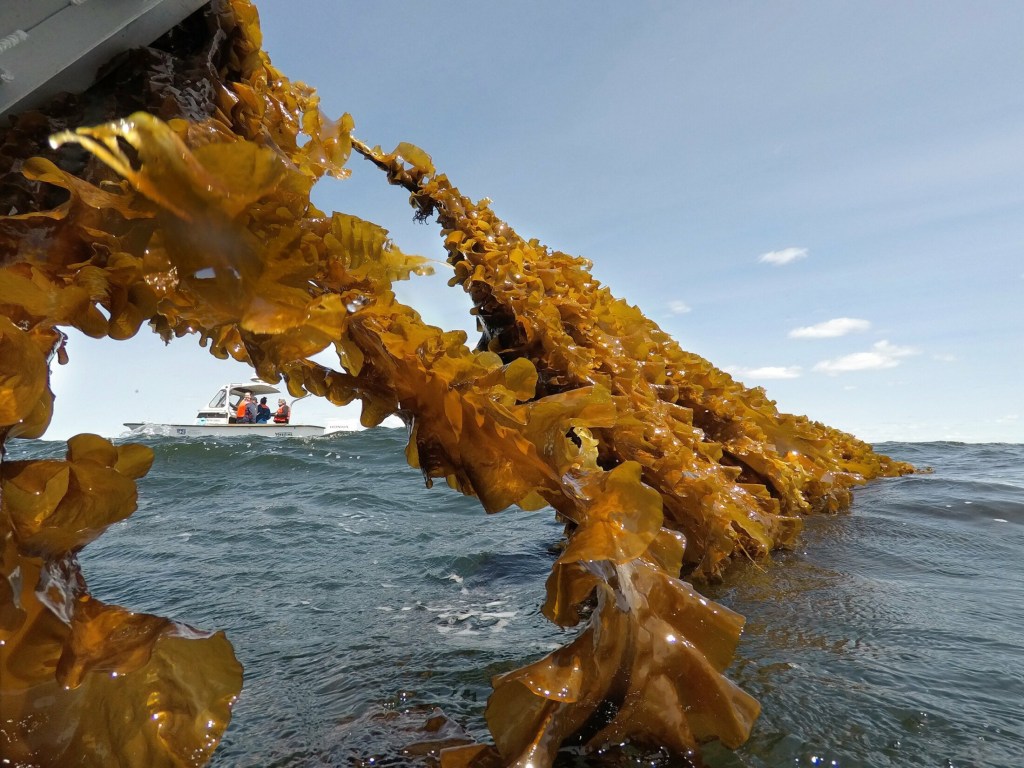
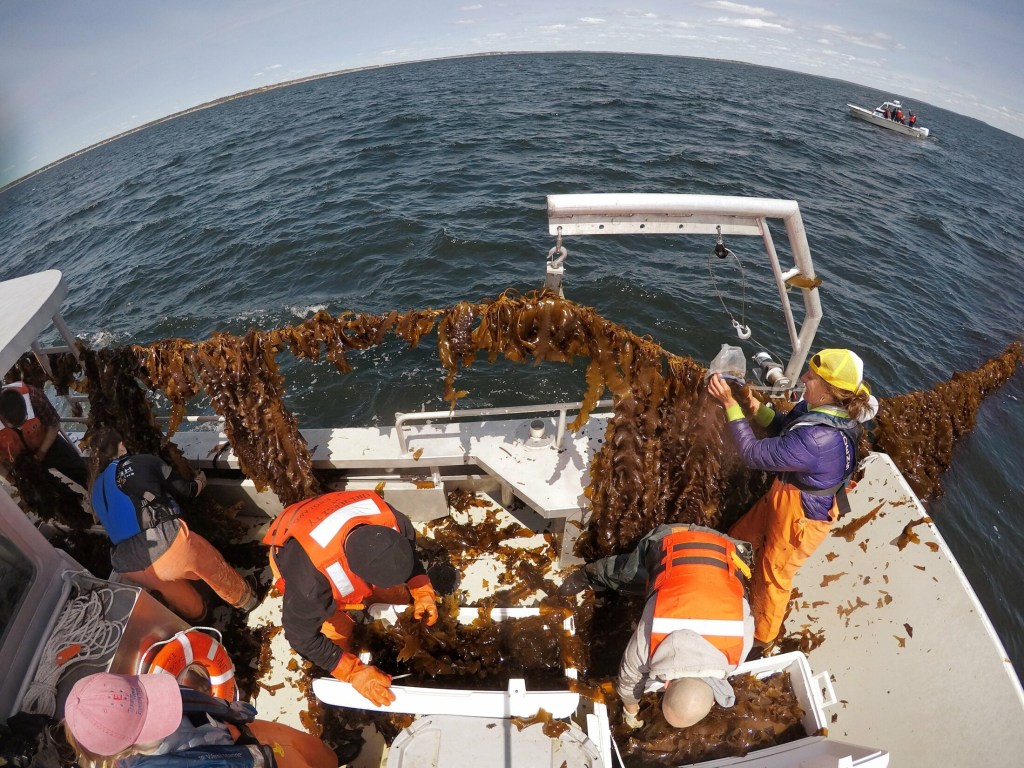
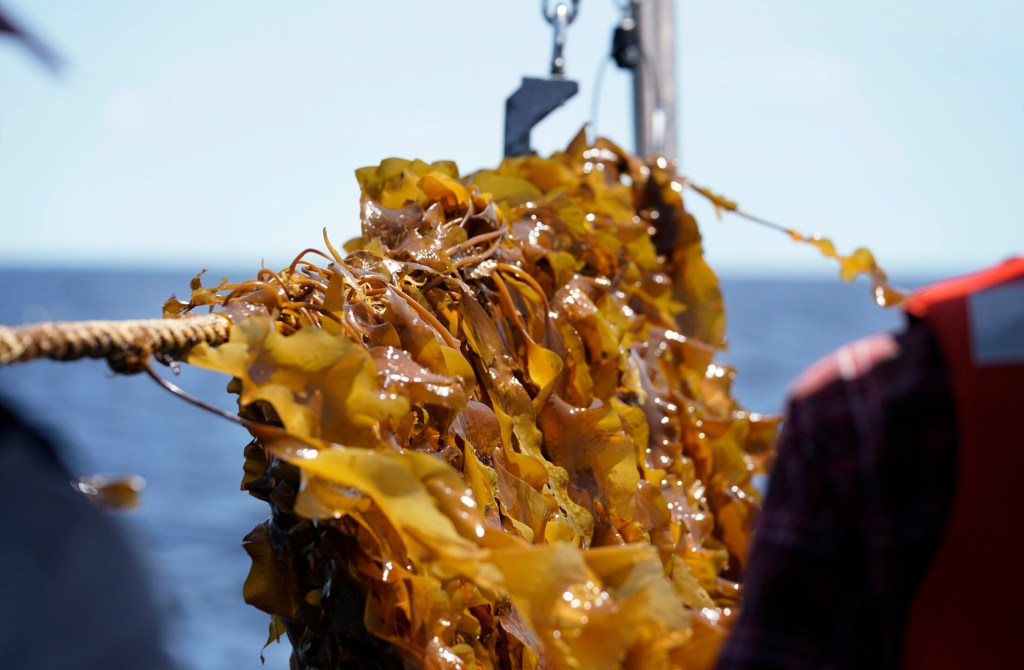
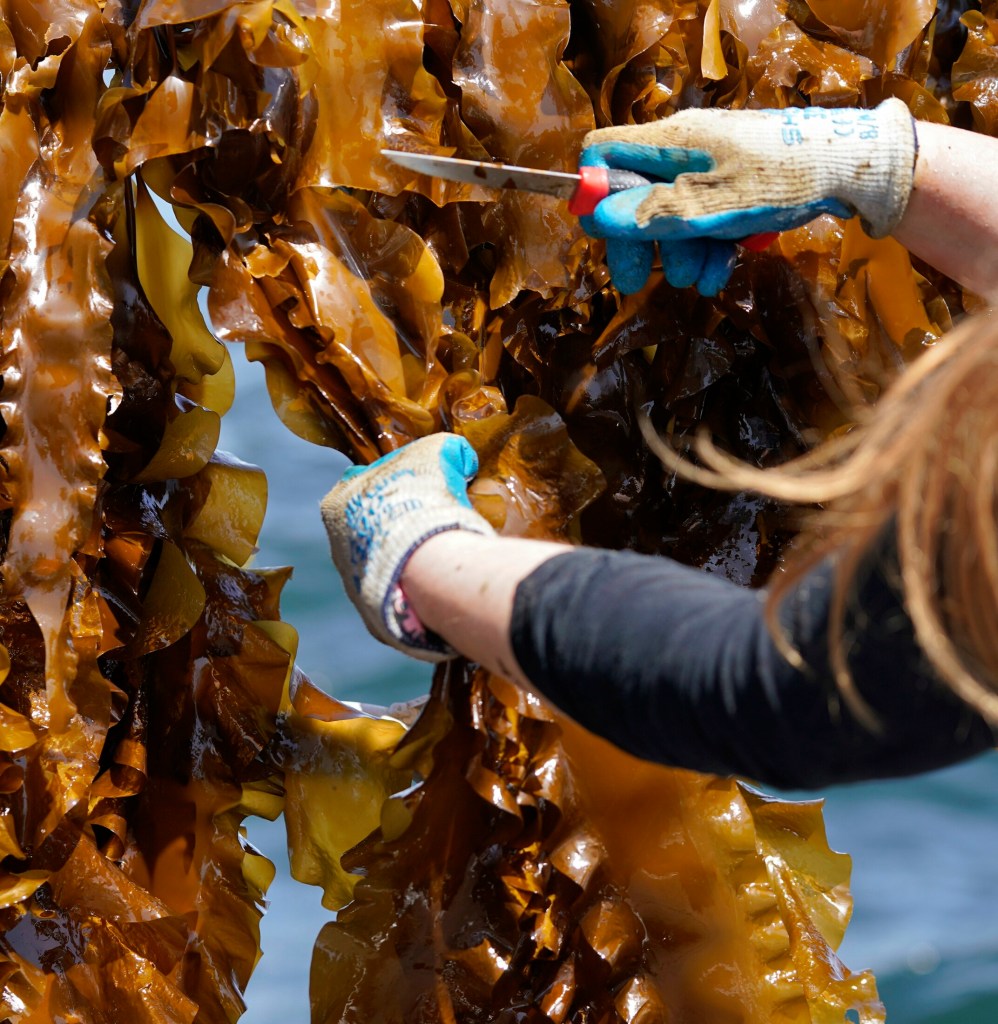
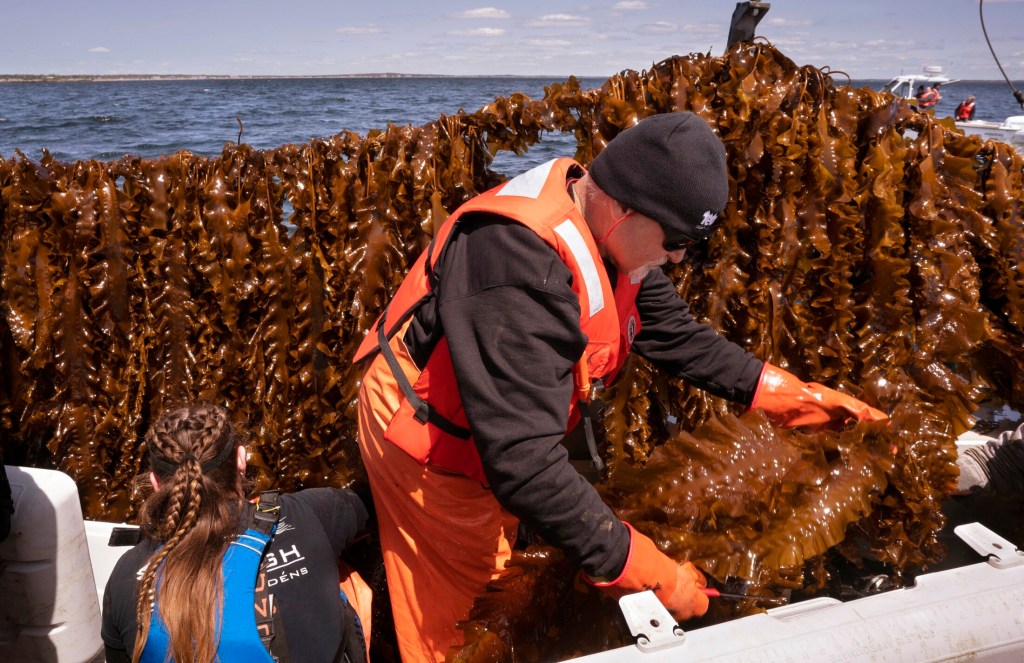
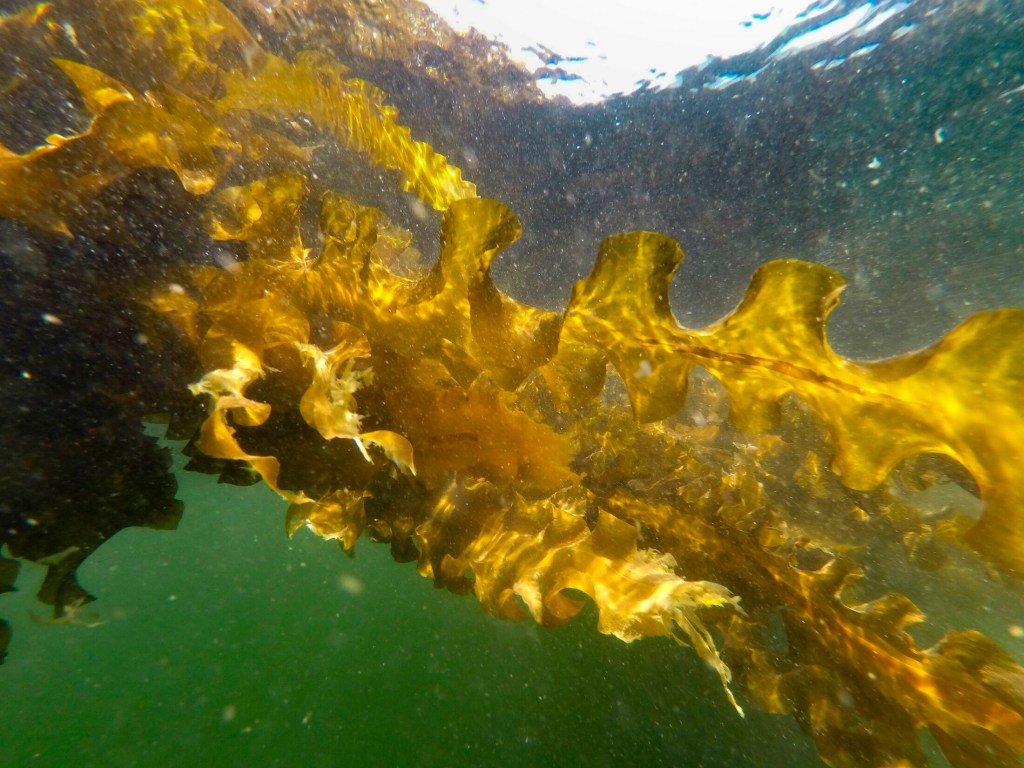
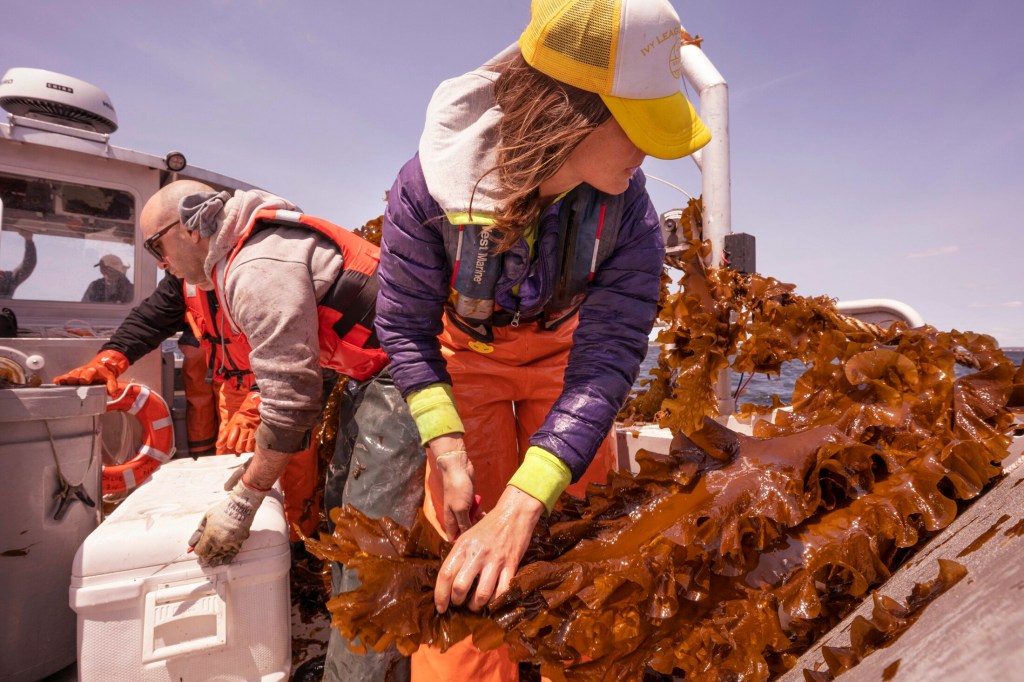
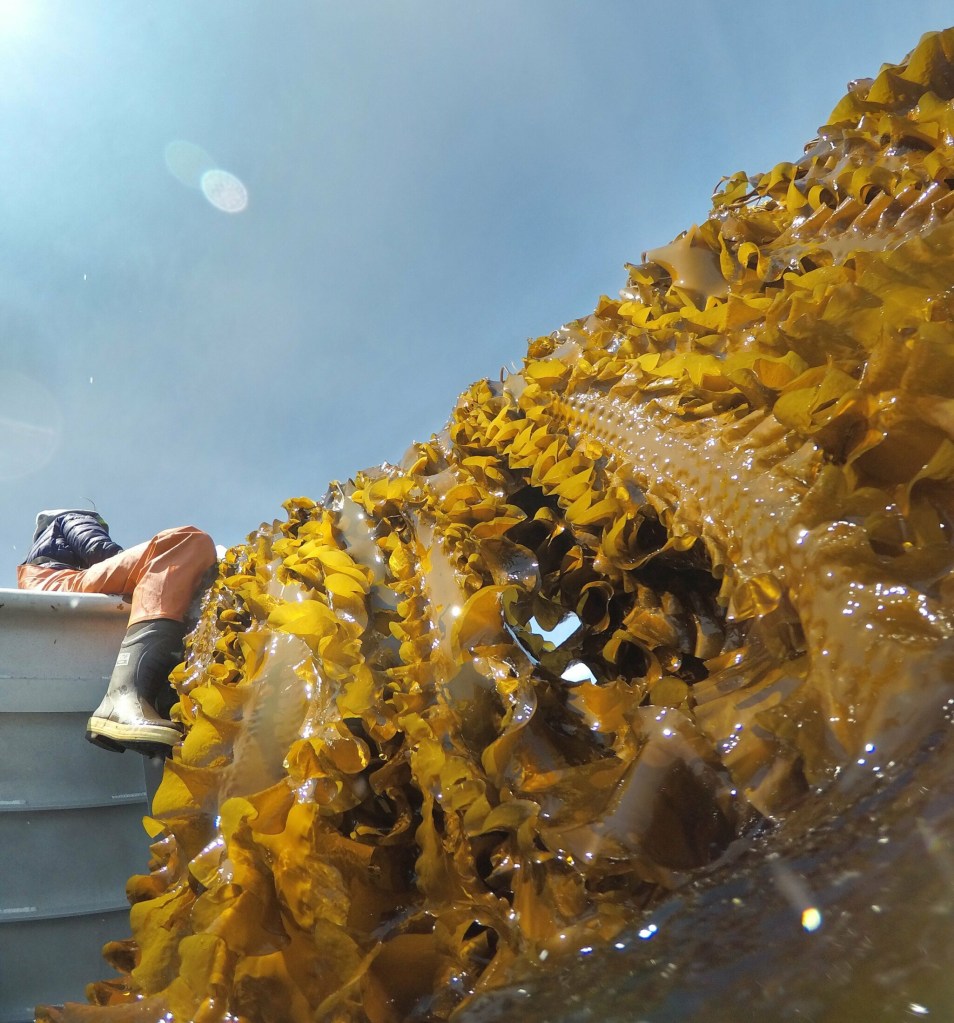
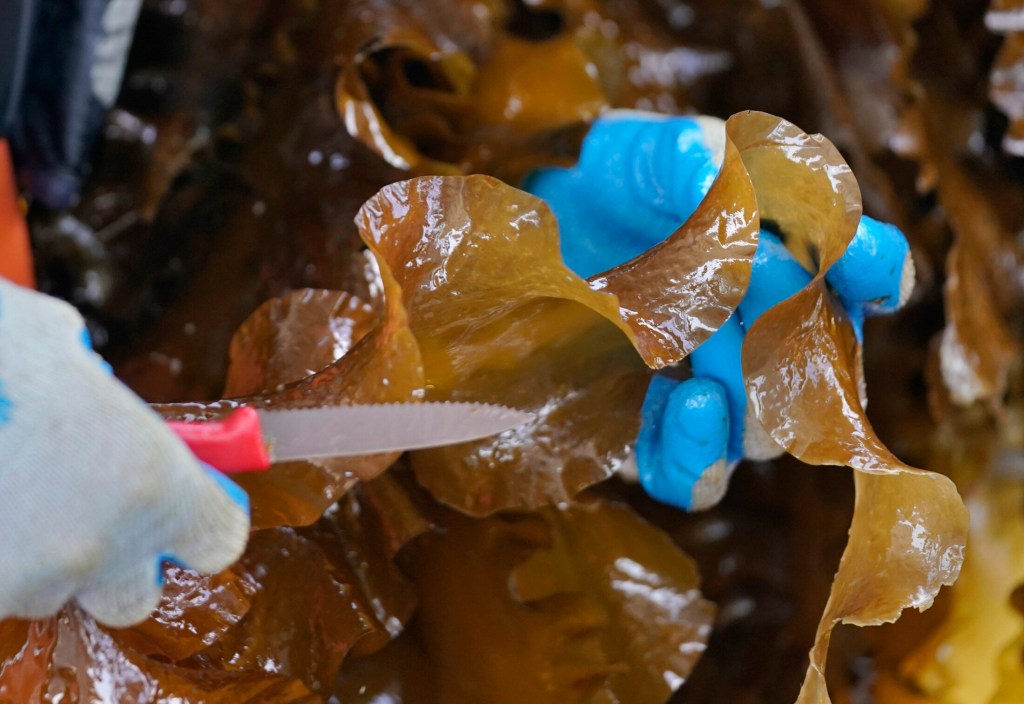
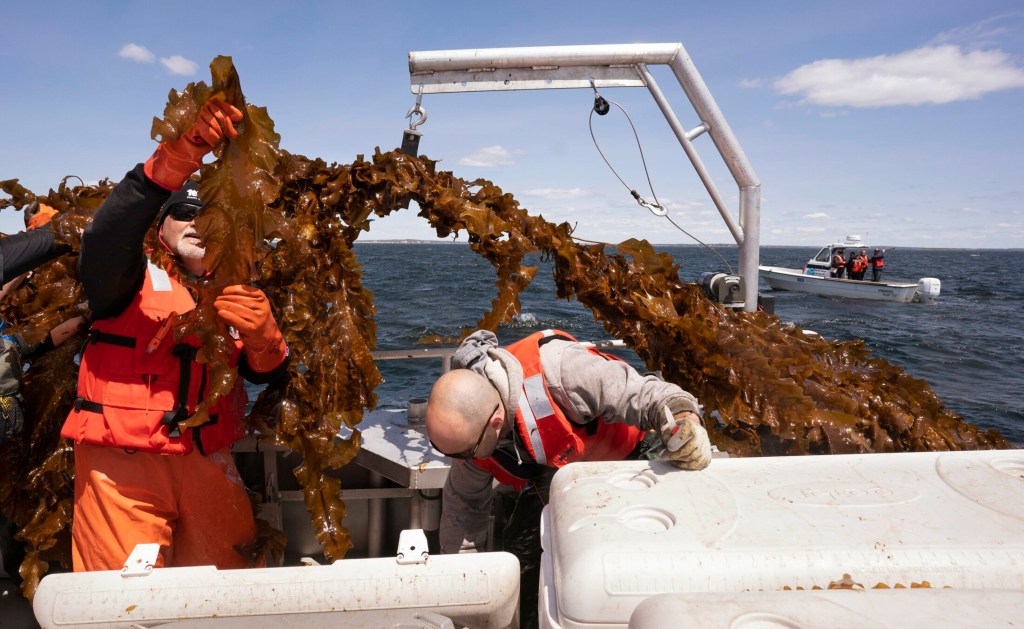

Success. Please wait for the page to reload. If the page does not reload within 5 seconds, please refresh the page.
Enter your email and password to access comments.
Hi, to comment on stories you must . This profile is in addition to your subscription and website login.
Already have a commenting profile? .
Invalid username/password.
Please check your email to confirm and complete your registration.
Only subscribers are eligible to post comments. Please subscribe or login first for digital access. Here’s why.
Use the form below to reset your password. When you've submitted your account email, we will send an email with a reset code.